The Ngada Festival is celebrated by the Rengma tribe, originating in Assam and Nagaland, North East India. It is among the most popular festivals of Nagaland. The festival resembles a kind of thanksgiving which is clearly molded by the Rengma culture. It is a post-harvest festival that celebrates a successful harvest. The people of tribe come together and harmonize the smooth working of the festival. It is the belief of the Rengma people that the dead ones return to visit their homes and their families during this festival. It is also during this festival that the Rengma people offer respect at the graves of their loved ones. Unified as one, the people work together and celebrate the festival with grandeur and concord. Traditional Rengma ceremonies, dance, singing and feasts ensue during the time span of the festival. This cultural feast elevates tourism in Nagaland, as people from other places travel to witness this festival. People believe in curtailing animosity and vanquishing ill will. And hence, this festival is deemed as ideal opportunity to initiate peaceful bidding.
History of the Festival
The Ngada festival is an agricultural oriented celebration. It marks an end to the harvest season of the year. The festival is overseen as a time for the people to rejoice, dance, sing, celebrate, feast and forgive. The celebrations last for seven to eight days, varying from place to place in Nagaland.
Duration of the Festival
The Ngada festival is celebrated annually. The festival begins either in the month of November or December. It is traditionally observed in the final stages of the month of November and continues its course into the beginning of the next month i.e. December. It is celebrated after the crops are harvested and the weather signals for new bearings to be implemented in the fields.
Highlights/ Important Rituals of the Festival
- The first day of the festival is spent in the preparation of rice beer at every house hold.
- On the second day the Rengma Naga people tread into forest to pick and collect banana leaves.
- The third day is marked by women visiting the graves of the deceased and placing rice beer wrapped in banana leaves. The humble offerings made to the dead souls are considered symbolic. It is also on this consecutive day that the dead visit their homes. The tasting of the rice beer is preceded on by eldest person of the house before the rest.
- On this day men visit the graves of their dead relatives. Also, they gather outside their morungs and have a small feast in which the women do not partake. Later during the day, men strut around village donning their ceremonial and warrior fineries where to women follow them carrying beer to keep them hydrated.
- This day is carried out with men visiting all houses in the village along with music and folk dance, each house offers a token of appreciation to the men.
- The sixth day of the festival is spent feasting and visiting houses in other villages.
- All people venture out to the forest to collect firewood, banana leaves and vegetables for the feast.
- On the last and the eight day a huge feast is organized and the entire village comes together to celebrate. It is believed that after the grand feast end the dead souls return to the land of dead. The festival is concluded with three rites: The first rite consolidates an agreement with fire in order to prevent fire accidents, the second rights amends relations with rats to avoid the destruction of crops, the third rite is marked by the expulsion of evil spirits.


























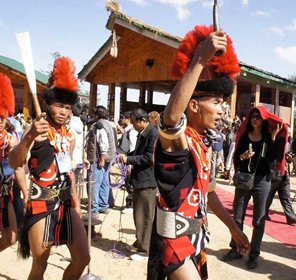
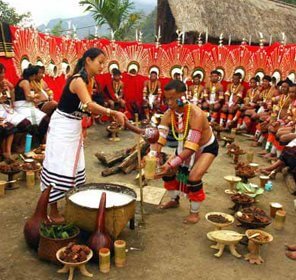
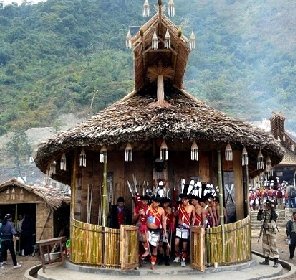
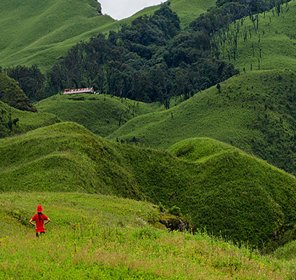
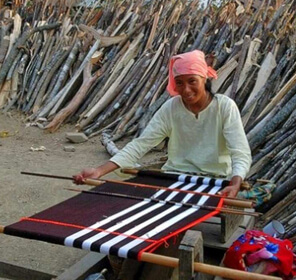
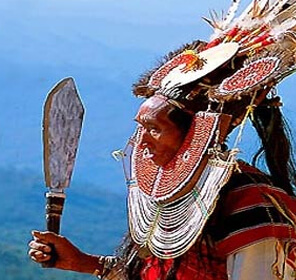
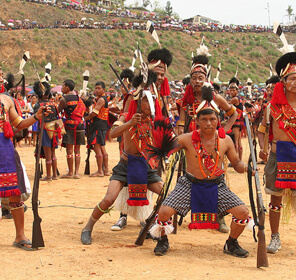
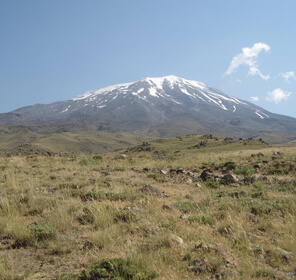
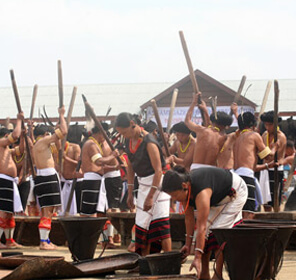
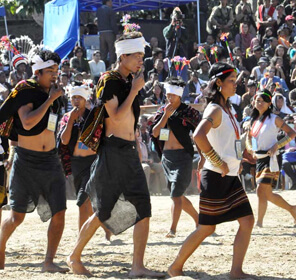
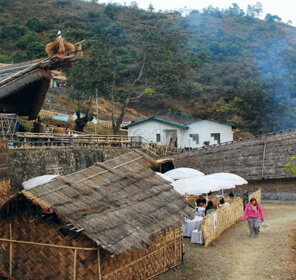
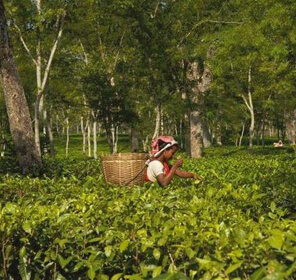
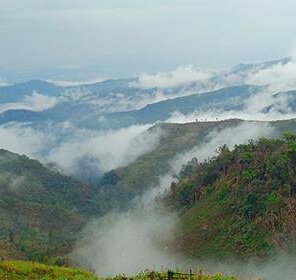

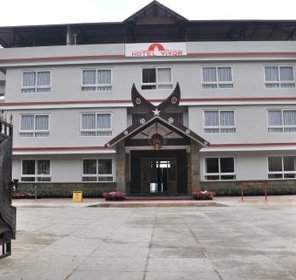
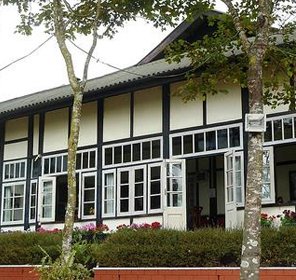

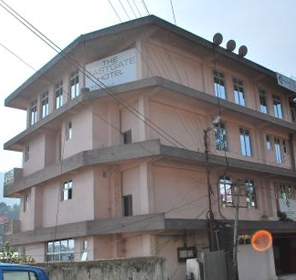
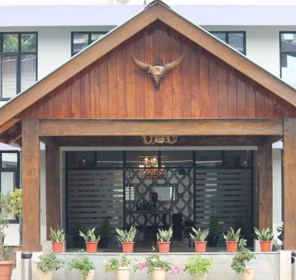
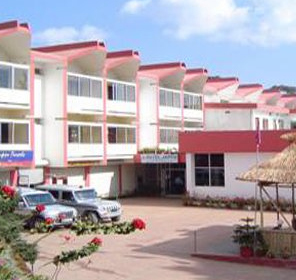
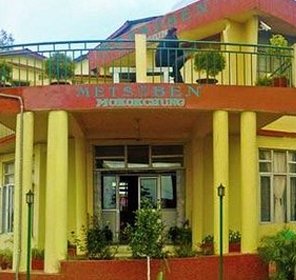
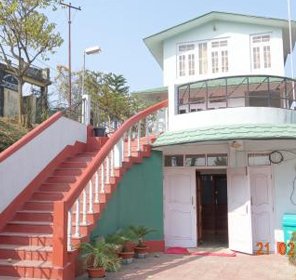
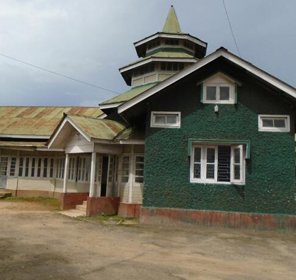

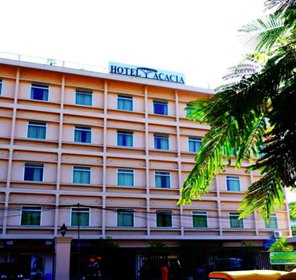
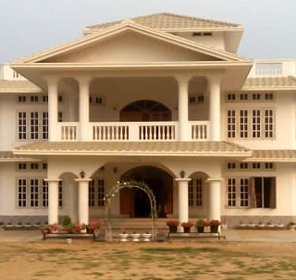
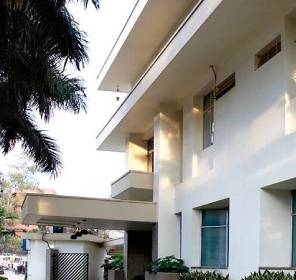
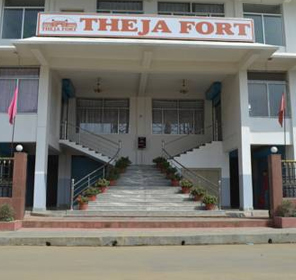


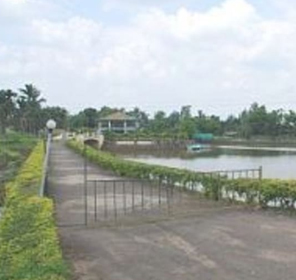

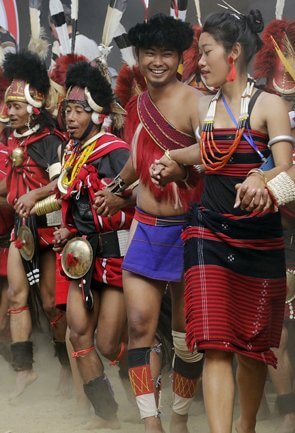
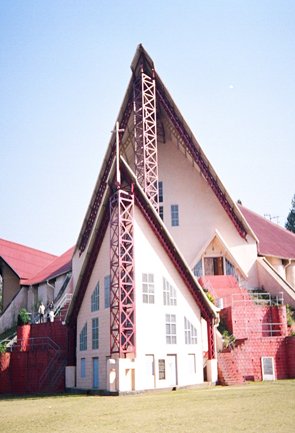
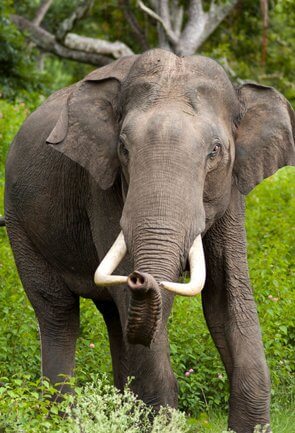

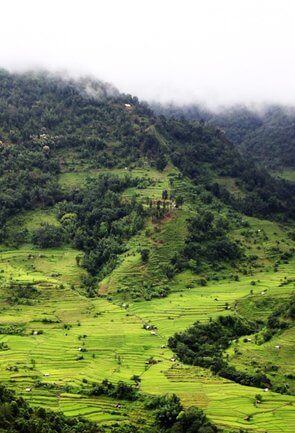
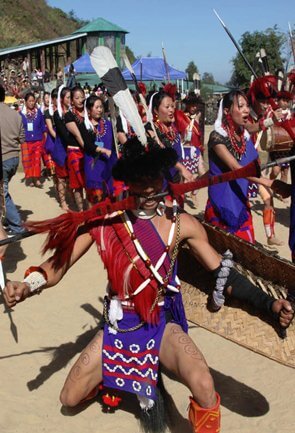



 Plan Trip
Plan Trip Call Us
Call Us Packages
Packages Home
Home